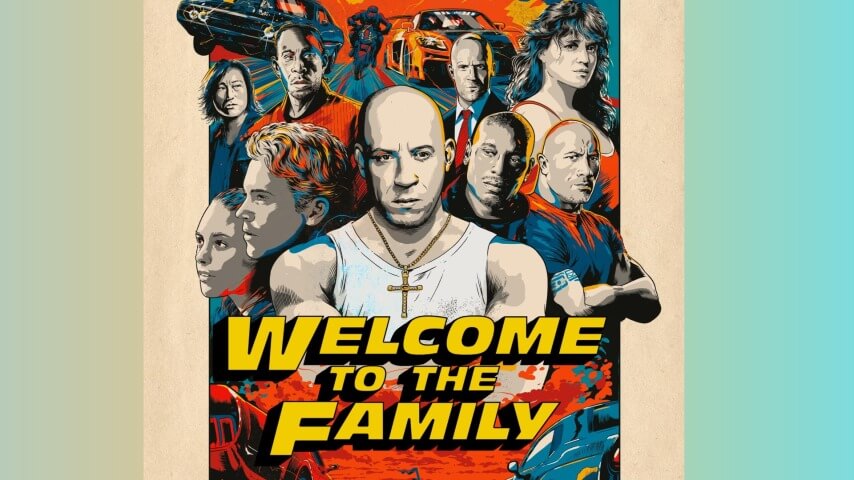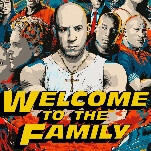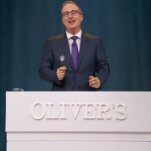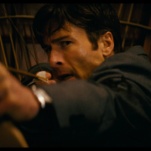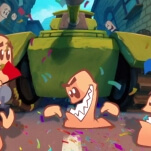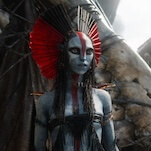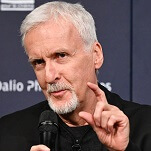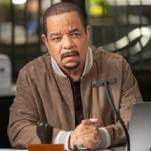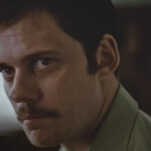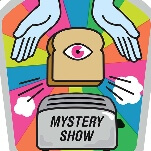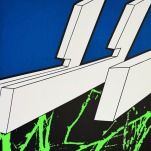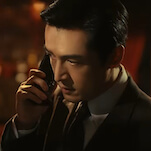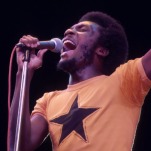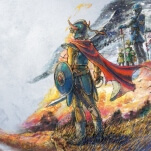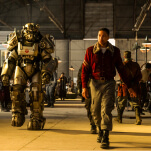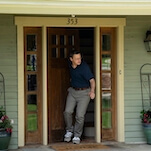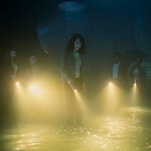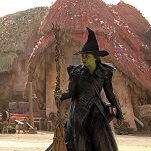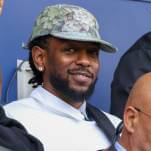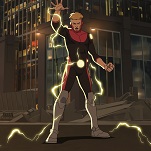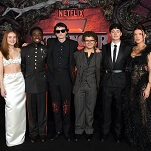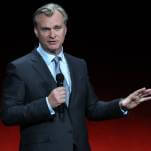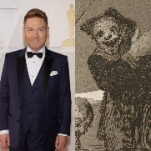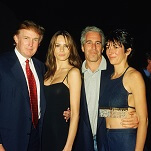What do Miami drug traffickers, Corona-soaked backyard BBQs, Dame Helen Mirren, and a 1984 Pontiac Fiero-turned-rocket-fueled spaceship have in common? They are all essential elements of the logic- and laws-of-physics-defying Fast & Furious universe, which celebrates its 25th anniversary next year. But, as author and film critic Barry Hertz explains in his new deeply reported book, Welcome To The Family: The Explosive Story Behind Fast & Furious, The Blockbusters That Supercharged The World (out Nov. 25 from Grand Central Publishing), the franchise only hit the quarter-century mark by breaking all the rules.
In an exclusive excerpt, Hertz details the long-forgotten F&F short film that bent the series’ timeline in a radical fashion—and accidentally forged a new path for the franchise.
Time is a complicated concept in the Fast-verse.
Everyone understands that Tokyo Drift is the third movie to be produced in the series. But, chronologically speaking, it is actually the sixth. The film’s events, notably the fiery Shibuya Crossing death of Han Lue, canonically follow instead of precede everything that goes down in the fourth film (titled, to sow just that much more confusion, Fast & Furious), the fifth (Fast Five), and much of the sixth (Fast &Furious 6). Blame-slash-thank director Justin Lin and actor Sung Kang, who were determined to keep their star creation—the super-snacking slickster Han—active in the franchise’s timeline for as long as possible. How? By taking the series’ continuity and “retconning” (retroactively altering) it—a favored narrative trick of comic books and Lin’s beloved Star Trek.
To briefly recap: We saw Han perish toward the end of Tokyo Drift. RIP, king. But Lin’s insistence in giving audiences more Han adventures allowed the fourth Fast film to open with our hero alive and kicking in the Dominican Republic, where he is helping Dom, Letty (Michelle Rodriguez), and the bickering comic-relief duo of Leo (Tego Calderón) and Santos (Don Omar) pull off a Mad Max–like hijacking of a gas tanker. How? What? Why? Don’t blame yourself if you’re confused; even Quentin Tarantino, the reigning king of mixed-up timelines, had questions.
“Quentin had just talked with me about working on Django Unchained, and he started going through the Fast films,” recalls Fred Raskin, who edited the third, fourth, and fifth Fast movies. “Then he got to the beginning of number four, and he’s firing off Facebook messages to me: ‘Wait, the beginning of four takes place before three? How? That’s amazing!’ That night, he went to a midnight showing of Fast Five, and I was hired for Django the next week. The Fast movies were my audition.”
Even though Universal was skeptical about the timeline shake-up that Lin was proposing for the fourth film, the director assured executives that audiences would be fine; they’d either figure out the time bend on their own, as Tarantino had, or not bother to care. But the studio still decided to build in a narrative fail-safe, one in which Vin Diesel plays the franchise’s very own version of Doctor Who, jumping in to save the space-time Fast-inuum with a short film called Los Bandoleros (The Bandits).
Too bad that only the most hardcore of Fast fans have seen it.
Written and directed by Diesel, the twenty-minute film was Universal’s attempt to solve several Fast challenges in one fell swoop: placate the “what I really want to do is direct” ambitions of Diesel; provide abridge of narrative continuity for fans who were wondering what the hell was going on between the third and fourth films; and juice DVD sales for the fourth movie by including Los Bandoleros as a bonus feature (even though it was barely advertised as being part of the package).
Los Bandoleros kicks off an unspecified amount of time after the end of the first Fast movie. No longer on the lam in Mexico, Dom is now settled in the Dominican Republic. When he’s not doing his usual Dom shtick—fixing cars, hosting backyard BBQs, talking to adorable street children in his tough-guy purr—he’s planning the heist of a gasoline tanker, the same event that opens the fourth movie. But to execute the high-wire hijacking, he recruits a familiar friend: Han.
It turns out that Han first met Dom a while ago in Mexico, a connection that establishes a link between the two outlaws that precedes the events of Tokyo Drift. Think of Los Bandoleros as either Better Luck Tomorrow 1.5 or perhaps Fast & Furious 2.5. But given what we would later learn in Fast Five and then Fast & Furious 6, the events of Los Bandoleros are also set far—very far!—before anything that happens in Tokyo Drift. To be honest, it’s unclear whether Los Bandoleros takes place just before, during, or after the events of 2 Fast 2 Furious. It’s complicated, yes.
Han isn’t the only soon-to-be-familiar face who pops up in Los Bandoleros, either. Also “introduced”—even though the short film was made available to the public only months after the theatrical release of the fourth movie—are Leo and Santos. Then, in another unexpected turn, Letty shows up, too, having followed “the trail of skanks” to find Dom. (Weirdly, Letty doesn’t seem all that upset over Dom leaving her high and dry in LA.)
As a piece of connective narrative tissue, Los Bandoleros is a wholly unnecessary lark, sometimes confusing audiences more than it enlightens them. But as a work of stand-alone short-film cinema, the production is a genuinely impressive artistic achievement. Several steps up in ambition, focus, and style from Diesel’s 1995 short film Multi-Facial and his low-budget 1997 feature directorial debut, Strays, Los Bandoleros proves that the actor has a real eye for impressionistic, adventurous storytelling. When the film isn’t focused on laying the groundwork for the fourth Fast movie, it is busy capturing the spirit of the Dominican Republic in an endearingly idealistic indie film fashion.
Filmed largely with handheld cameras, Los Bandoleros is an almost essayistic work of political cinema that is romantic, sincere, and righteous. Although sometimes shot like a tourism ad for the DR—Diesel would soon establish a compound there—the short doesn’t shy away from the country’s impoverished blight. The film’s opening, set inside the open-air walls of a prison where Leo is being held, is soundtracked by a Spanish folk song of resistance, making the film as much a marketing exercise for the Fast brand as an artistic act of protest. Diesel is careful throughout the short to point fingers at the politicians whose corruption has failed the land and its people—a culture he would increasingly identify with, telling locals ahead of the short’s premiere that “75 per cent of the Dominican population is mulatto, which means, like me, are of European and African descent.”
Then there’s the fact that Los Bandoleros reveals Diesel to be a big ol’ softie. Much of the short’s back half is dedicated to framing Dom’s reunion with Letty as a grand, lush love story. There are zero car chases in the film but plenty of moist eyes. When Dom and Letty abscond to a secluded beach, Diesel uses the romantic tryst to cap the film—a courageously lovey-dovey choice, given the more machismo-heavy climaxes that the Fast films typically employ. The most surprising thing about Los Bandoleros, though, is that it marks the last time Diesel goes behind the camera. Surely if Diesel can find the time to keep saying Groot’s same three words over and over for Marvel Studios, he can take a few months to get back to directing. But so far, he’s preferred to let his on-screen body—jacked and ripped—stand in for any off-camera body of work.
In another twist, Los Bandoleros wasn’t Universal’s first attempt to use DVD bonus features to iron out the Fast-verse’s timeline. Or, perhaps more accurately, to boost home entertainment sales. Three days before 2 Fast opened in June 2003, Universal shipped out a special “All New Tricked Out Edition” of the first movie on DVD, which included a new short called (deep breath) The Turbo Charged Prelude to 2 Fast 2 Furious. But that six-minute production is no Los Bandoleros.
Directed by the music video director Philip G. Atwell, the short traces Paul Walker’s character, Brian O’Conner, as he journeys from LA to Miami following the ending of the first film. Completely free of dialogue, the film doesn’t connect narrative dots so much as it gives Walker the opportunity to drive a succession of kick-ass rides. After trading his Supra from the first movie for a 1991 Dodge Stealth, Brian gets ahold of the Skyline GT-R that he shows up with at the beginning of 2 Fast. How? By simply picking the Skyline up at a junky used-car lot for a few thousand bucks—a pretty good deal given that the JDM vehicle retails today for an average of$280,000, plus federally mandated importing fees.
While the 2 Fast short film has a certain flavor of artistic ambition due to its lack of dialogue, its style is more curious than admirable. Ultimately, the short’s most notable element is a brief appearance by the young Minka Kelly, who plays one of those fabulously attractive women who regularly give rides to anonymous hitchhikers (or at least hitchhikers who look like Paul Walker). If only Diesel had not abandoned the Fast franchise by the time Turbo Charged was produced. Given half the chance, he could have shown Atwell a thing or two behind the camera.
Los Bandoleros for life, indeed.
Excerpted from Welcome To The Family: The Explosive Story Behind Fast & Furious, The Blockbusters That Supercharged The World. Copyright 2025 by Barry Hertz. Reprinted with permission of Grand Central Publishing. All rights reserved.
